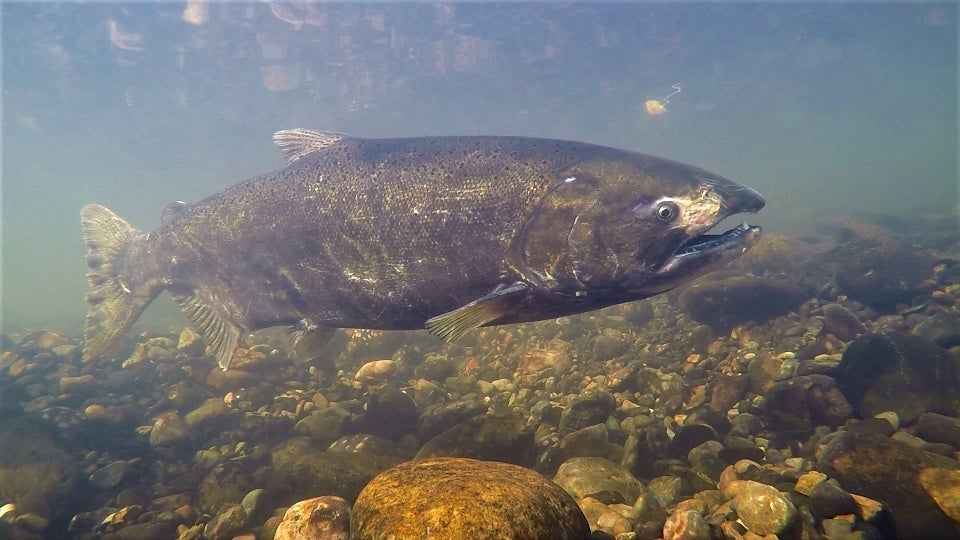Chinook salmon are facing unprecedented challenges as their once-thriving populations struggle to survive. A new study published in the journal Ecosphere suggests that decades of human activities, including ocean harvest, artificial propagation and reservoir construction, have not only reduced the size of these fish, but also disrupted their ability to spawn successfully.
Joe Merz, lead author of the paper and a research affiliate with the UC Davis Department of Wildlife, Fish and Conservation Biology, said Chinook salmon play a crucial role in their ecosystems, and that fisheries management and habitat changes have weakened their natural reproductive potential.
"We've got an organism that utilizes a variety of ecosystems during its life cycle," Merz said. "We tend to slice up those ecosystems and manage them separately. We, as a society, need to think more holistically about what will benefit our fish populations."

Restoring Natural Spawning Habitats
Chinook salmon migrate from the ocean back to the freshwater streams where they were born to spawn. Females find suitable nesting sites, usually in gravel beds, for laying eggs and move the gravel with their tails to cover and protect them until they hatch.
Merz, who is also president and principal scientist at Cramer Fish Sciences, and the team of researchers analyzed more than 100 years of data on Chinook salmon growth trends with a focus on the lower American River, which historically supported spring and fall Chinook salmon runs. They found that salmon lengths have generally decreased, fluctuating with ocean harvest and hatchery production rates.
The reduction in size, combined with deteriorating habitat conditions caused by numerous human impacts, including past mining and dam construction, has made river gravel too large for the smaller salmon to move and use effectively. To further complicate spawning, dams also block salmon from historic habitat and alter water flow.
"The average female Chinook salmon can move two cubic yards of gravel while she's making her nest in the river; they can essentially change the riverbed," he explained. "That's an important thing because it increases habitat complexity and influences the aquatic insect community, a major part of the river food web. And what concerns me, is that we're decoupling an organism from its natural spawning cycle in our rivers."
The research team conducted tests by adding different sizes of gravel to spawning sites and determined there was increased spawning activity with smaller gravel. Merz said that effective management strategies could involve adjusting hatchery or harvest practices, restoring spawning sites with smaller river gravel and protecting ecosystems.
"This study shows we can make changes in several different ways, and giving people options helps bring down barriers," he said.
Making positive impact
Nann Fangue, professor and chair of the Department of Wildlife, Fish and Conservation Biology, highlighted how this solution-oriented research translates scientific findings into real-world benefits.
"Work that addresses key conservation questions, such as how we can improve spawning habitat for threatened and endangered fishes, is core to our department's mission," Fangue said. "This type of research turns scientific understanding into practical steps that directly contribute to the recovery of important species like Chinook salmon."
For Merz, studying the key factors that keep salmon populations healthy - like diversity in genetics and body size, clean water, open migration paths and sustainable fishing - is critical and he hopes can help guide conservation efforts and help restore ecosystem services to support this threatened species.
"I do have hope," he said. "As we continue to do research and better understand these relationships it gives us opportunities and options with management strategies, and I am encouraged by that."
Original article published by the UC Davis College of Agricultural and Environmental Sciences.






